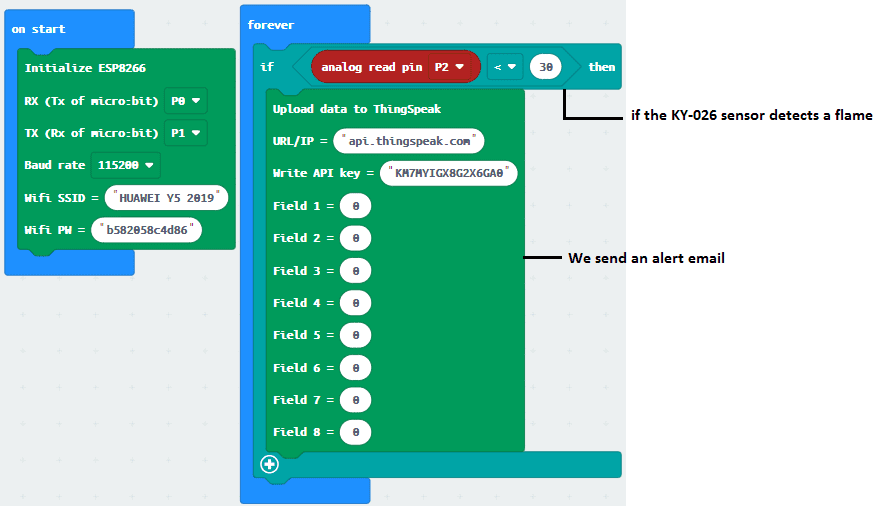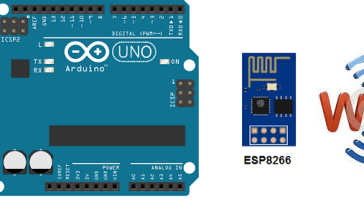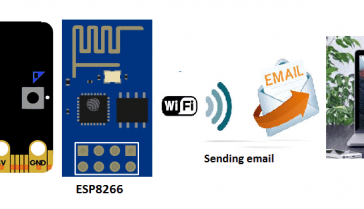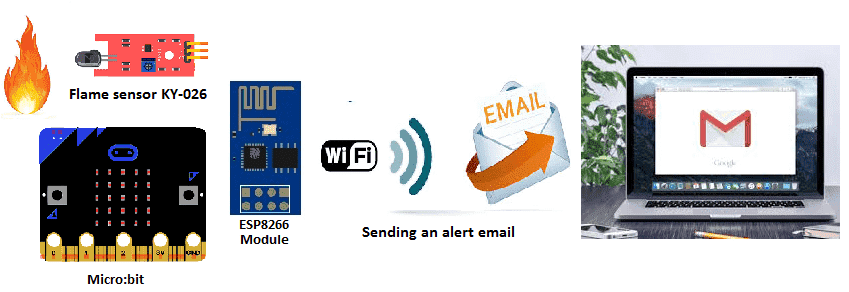
Intelligent flame detection system with Micro:bit

Presentation of the flame detection system
A flame detection system is a device or system that is used to detect the presence of a fire or flame. These systems are used in a variety of settings, such as buildings, industrial facilities, and vehicles, to provide early warning of a potential fire and to help prevent damage and loss of life.
There are several types of flame detection systems, including:
- Optical flame detectors: These use a sensor to detect the presence of a flame by analyzing the light emitted by the flame. They can be sensitive to specific wavelengths of light and can detect flames at a distance.
- Infrared flame detectors: These use infrared sensors to detect the presence of a flame. They are sensitive to the heat emitted by a flame, and can detect flames at a distance.
- UV flame detectors: These use ultraviolet sensors to detect the presence of a flame. They are sensitive to the ultraviolet radiation emitted by a flame, and can detect flames at a distance.
- Thermal flame detectors: These use temperature sensors to detect the presence of a flame. They are sensitive to the heat emitted by a flame, and can detect flames at a distance.
Some flame detection systems use multiple sensors to detect the presence of a flame, and to reduce the likelihood of false alarms. They are often integrated with fire alarm systems and can trigger alarms, activate sprinklers, and notify emergency responders in case of a fire.
Flame detection systems can be integrated with IoT (Internet of Things) technology to provide remote monitoring and control capabilities. This allows users to monitor the status of the flame detection system and receive alerts in case of a fire, even when they are not physically present.
IoT-enabled flame detection systems typically use sensors to detect the presence of a flame and then use a communication module such as Wi-Fi or cellular to send the data to a cloud-based platform or a remote server. This data can then be accessed and analyzed using a web or mobile application.
In addition to monitoring and alerting, IoT-enabled flame detection systems can also be used to control other devices or systems in response to a fire, such as shutting off gas valves, activating sprinklers, or notifying emergency responders.
IoT-enabled flame detection systems can also provide additional features such as real-time monitoring, historical data analysis, and remote access, which can help improve the overall safety and security of a facility.
Purpose of this project:
The flame detection system can use a Microbit microcontroller and an ESP8266 WiFi module to detect the presence of flame or fire. The Microbit is used to read data from the flame sensor and process the information, while the ESP8266 is used to connect the system to a WiFi network and transmit data to a remote server or other device.
In this project we will realize an intelligent fire detection system with the Micro: bit card connected to the Internet.
It mainly uses a KY-026 flame sensor.
When the flame sensor detects a flame, the Micro: bit card sends an alert email via WIFI.
Note: To connect the Micro: bit card to the Internet you can see this article:
Necessary components
Micro:bit
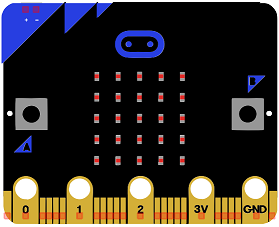
Micro:bit is a small programmable microcontroller board developed by the BBC for use in educational settings. It is designed to be easy to use and accessible to students of all ages and skill levels. The board measures 4×5 cm and has 25 red LED lights that can be programmed to display messages or animations. It also includes 2 programmable buttons, accelerometer, magnetometer, and a Bluetooth Low Energy (BLE) module.
Micro:bit is powered by a 32-bit ARM Cortex-M0 CPU and has 256KB of flash memory and 16KB of RAM. It can be programmed using a variety of programming languages, such as MakeCode, Python, and JavaScript. It also supports a variety of sensors and actuators, allowing for the creation of interactive projects and applications.
The Micro:bit is an excellent tool for learning programming, electronics, and physical computing. It is used in many school curriculum as part of STEM education. Some examples of projects that can be built with Micro:bit include a pedometer, a digital compass, a weather station, and a musical instrument.
KY-026 flame sensor
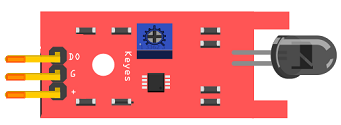
The KY-026 flame sensor is a type of sensor that is used to detect the presence of flame or fire. It typically consists of a sensor module that includes a photodiode and a comparator circuit. The sensor uses the photodiode to detect infrared radiation emitted by the flame, and the comparator circuit to compare the detected level of infrared radiation with a reference value. If the detected level exceeds the reference value, the sensor will output a signal indicating that a flame has been detected.
The KY-026 flame sensor can be used in a variety of applications, such as fire alarms, home security systems, industrial monitoring, and flame detection in vehicles. It can be interfaced with a microcontroller or other electronic device to trigger an action or send an alert when a flame is detected.
ESP8266 wifi

ESP8266 is a low-cost Wi-Fi microcontroller chip with full TCP/IP stack and microcontroller capability. It is produced by Espressif Systems, a Chinese manufacturer. It can be used to add Wi-Fi connectivity to devices such as microcontrollers, and it is often used in Internet of Things (IoT) projects.
The ESP8266 chip includes a 32-bit processor, flash memory, and a built-in Wi-Fi module, making it a complete solution for adding Wi-Fi connectivity to a device. It can be easily integrated with a microcontroller, such as an Arduino or a Micro:bit, and can be programmed using a variety of programming languages, such as C, C++, and Python.
The ESP8266 can be used in a variety of projects, such as wireless sensor networks, home automation systems, and web-connected devices. It can be programmed to connect to a Wi-Fi network, send and receive data, and interact with other devices over the Internet. The chip has a very small form factor and low power consumption, making it ideal for battery-powered devices.
In summary, the ESP8266 is a popular, low-cost, and versatile Wi-Fi module that can be used to add wireless connectivity to a variety of devices and projects. It offers a complete solution for IoT projects, and its small form factor and low power consumption make it ideal for battery-powered applications.
Connecting wires

Connecting wires refer to the process of connecting two or more electrical wires together in order to transmit electrical signals or power from one device to another. This can be done using a variety of methods and techniques, depending on the type of wire and the application.
Test plate

A test plate is used to include the flame sensor module, as well as connectors and other components to interface the sensor with the Micro:bit. It may also include LEDs, buttons or other input/output devices to test the functionality of the sensor and the microcontroller. The test plate allows for easy testing and validation of the sensor and the Makecode that is used to interact with it.
Mounting:
To perform the assembly, you can connect:
for KY-026 flame sensor :
-
the DO pin to the P2 pin of the Micro:bit card
-
the VCC pin to the 3.3V pin of the Micro:bit card
-
the GND pin to the GND pin of the Micro:bit card
for ESP8266 module:
-
the RX pin to Pin P0 of the Micro:bit card
-
the TX pin to Pin P1 of the Micro:bit card
-
the GND pin to the GND of the Micro:bit card
-
the two pins 3V3 and EN to the 5V pin of the power supply module
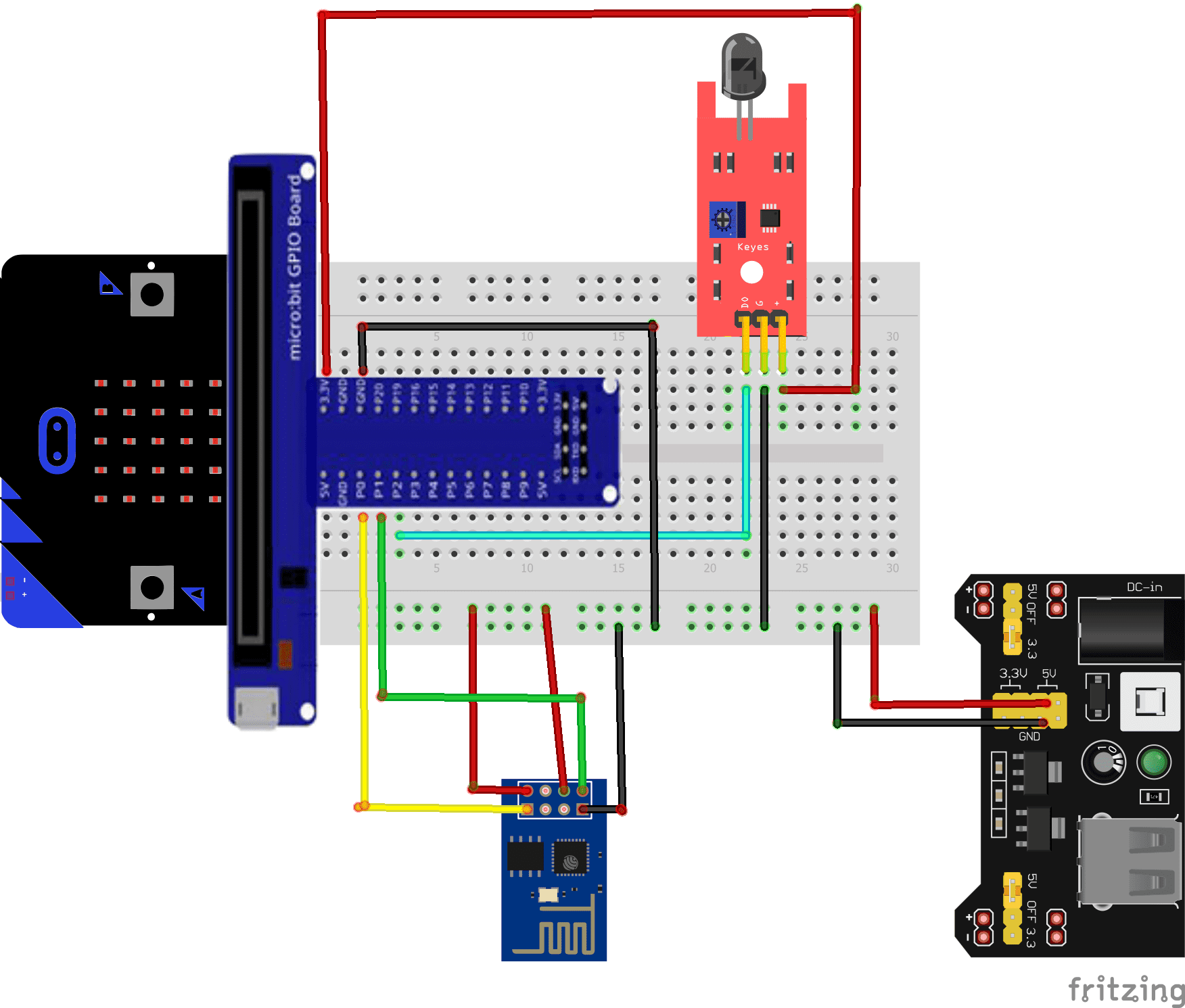
Makecode program:
Here is the program of the intelligent fire detection system connected to the Internet:
